Beaver-based restoration
In a time when catastrophic conflagrations are becoming a new normal, an unlikely character is being welcomed back onto the landscape after generations of trapping and removal.
What's new // Forest Conservation Program
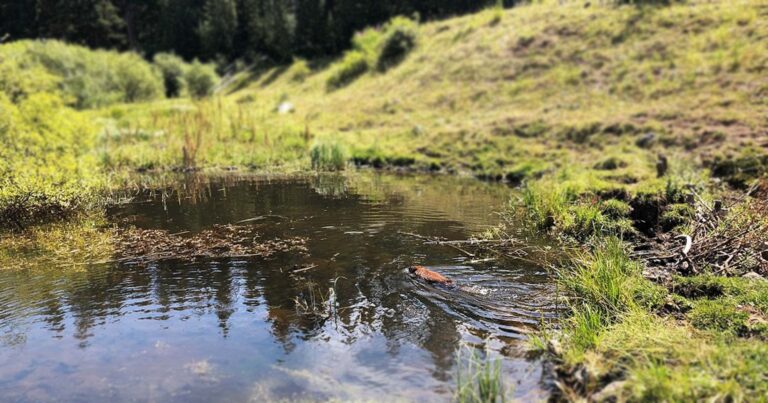
In a time when catastrophic conflagrations are becoming a new normal, an unlikely character is being welcomed back onto the landscape after generations of trapping and removal.
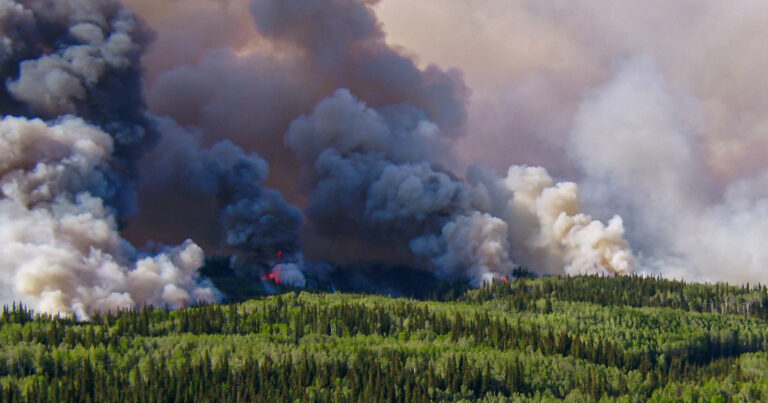
How supporting the future of healthy watersheds relies on learning to live with fire.
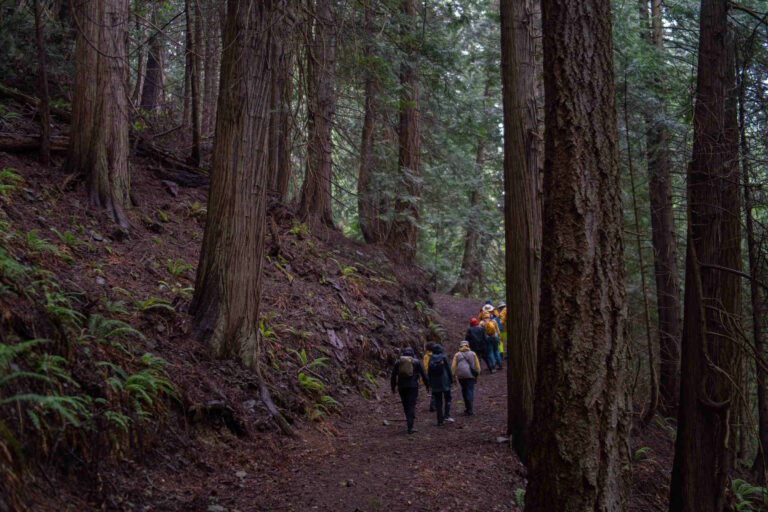
As Raincoast’s on-the-ground work, community engagement, and collaborations are key to our research and conservation successes, the Forest Conservation Program and the Salish Sea Emerging Stewards youth education program have partnered to deliver a new and innovative multi-year project. Titled the Land Healing Stewards Initiative, it will support our programs’ shared goals; engaging local communities…
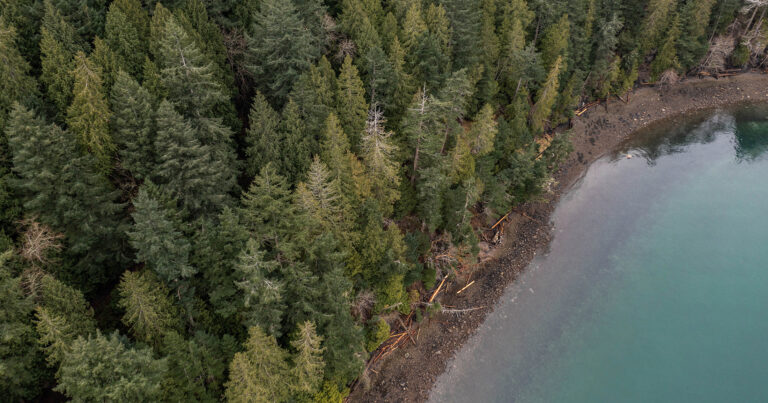
Reflecting on how we protect biodiversity and build harmony with nature not just for one day, but every day.
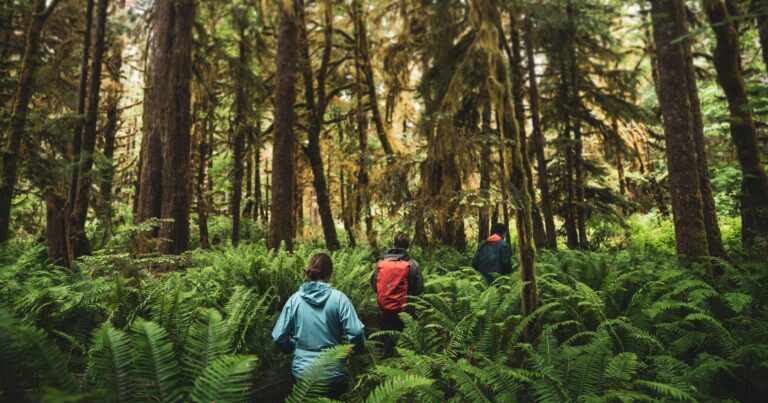
We’re discussing topics on ecological forest management for wildfire resilience, recent community wildfire learning events, and highlighting the current voices of wildfire research and management.

Exploring the co-benefits of collaborative, landscape-scale approaches to managing fire in coastal forests of southern BC.
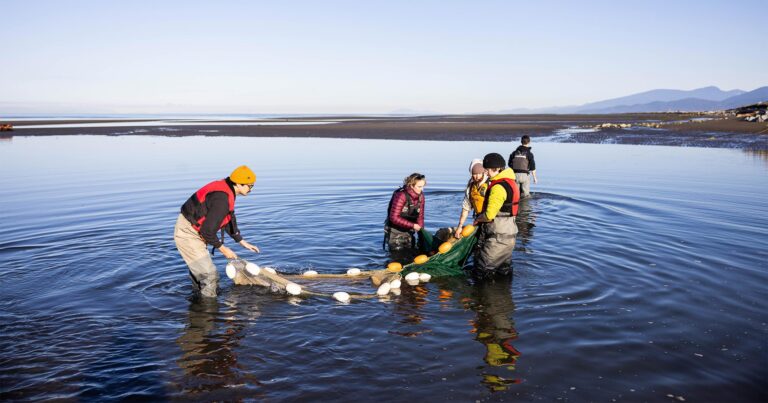
Raincoast is able to provide workplace experience while progressing our conservation work.
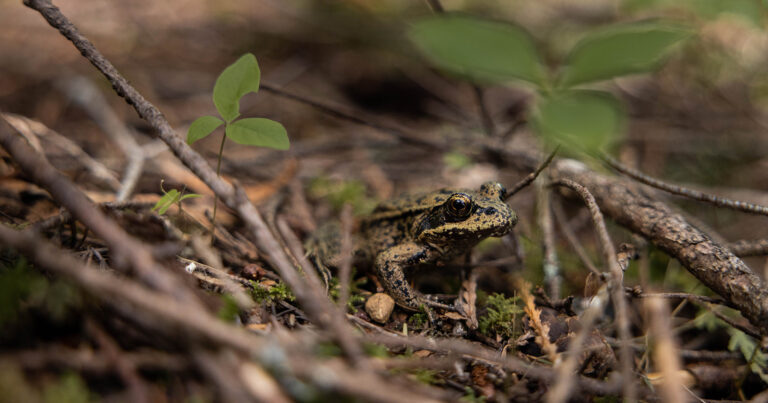
What our Forest Conservation Program accomplished in 2023.
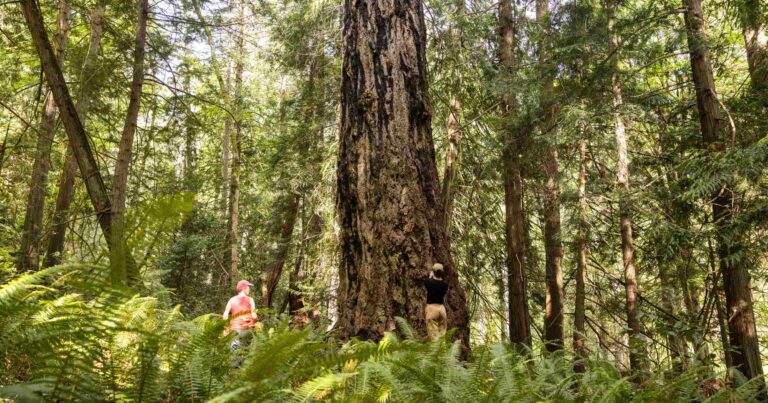
In November 2023, Raincoast hosted the second annual Big Tree Summit to gather those interested in protecting big trees and old forests across British Columbia. Together, we aim to advance conservation outcomes for these increasingly rare and threatened ecologies.
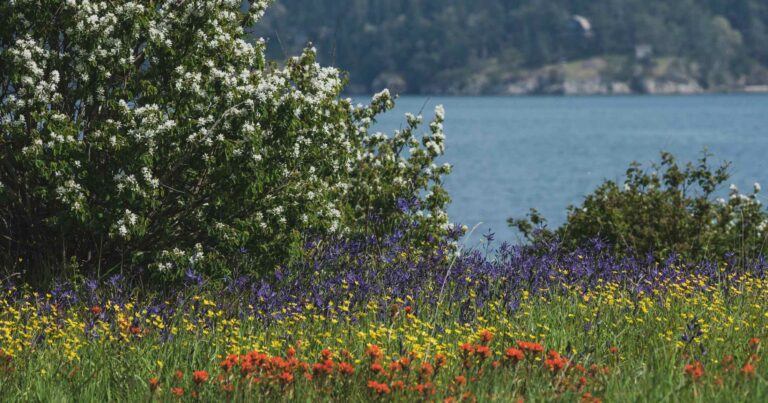
Everybody plays a part in learning the lessons.
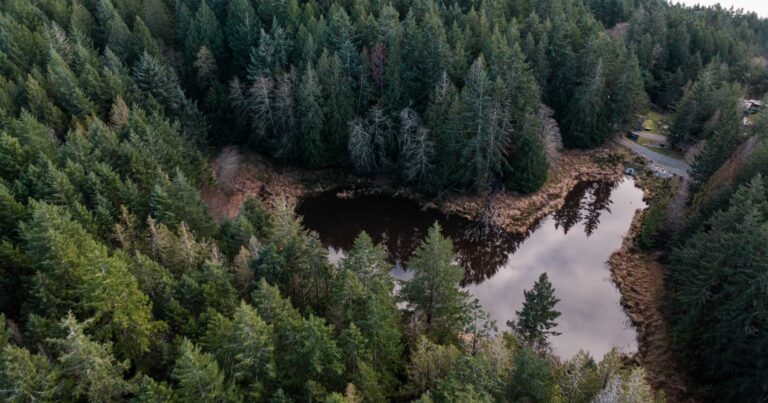
Islands in the Salish Sea are experiencing a worsening seasonal water deficit.

Ecological communities around the Salish Sea range from iconic conifer-dominated forests to grasslands. None of these diverse communities recognize political boundaries, so how do habitats on the American side of the border compare to those in southern BC?